Join the ICONS
Dance ICONS is a global network for choreographers of all levels of experience, nationalities, and genres. We offer a cloud-based platform for knowledge exchange, collaboration, inspiration, and debate. Dance ICONS is based in Washington, D.C., and serves choreographers the world over.
Subscribe today to receive our news and updates. Become a member of your global artistic community -- join the ICONS!
Wayne McGregor: Creating a New ResiDance
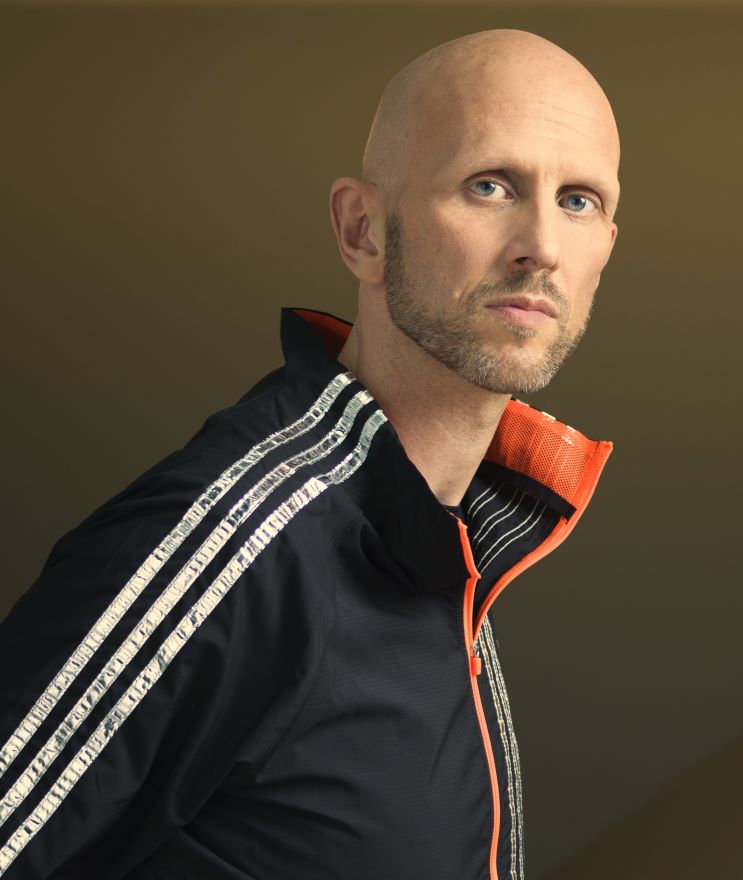
An explorer on the frontier of choreographic space, British choreographer Wayne McGregor is unbounded and touches on areas such as science and technology rarely covered by other choreographers. Collaboration is integral to everything he does and includes all aspects of the performance, the sound, and the design. He creates with his group, Company Wayne McGregor, and major ballet companies, notably The Royal Ballet in London, where he is a Resident Choreographer.
ICONS: Studio Mayne McGregor is a hub of creativity. What are the essential ingredients in creating such an environment?
Wayne McGregor: Studio Wayne McGregor doesn't look like any other dance studio. It's part art gallery, part studio, part creative collaboration space. The idea was that you’d actually get a creative hit as soon as you entered, whether you’re a professional dancer or a young person who’d never danced before. It’s an environment to provoke your imagination and excite your curiosity.
Most important is the way the space works. The top studio is all white, kind of sci-fi, while the downstairs studio is black with wooden floors. There are few mirrors and the corners are slightly curved to give a somatic feeling, emphasising internal sensations and experience. It’s a space we want to share because dance is a ‘we’ not an ‘I’ endeavour. It’s part of Here East in the Olympic Park, a dedicated campus for innovators, disruptors, visionaries, and tech partners. You place dance intelligence in the middle of other sets of intelligence and it becomes a space to share questions.
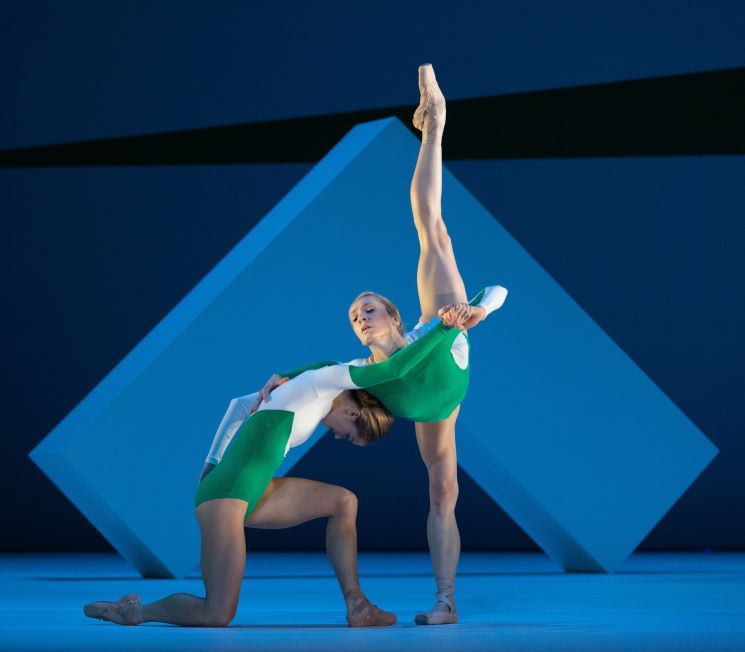 ICONS: What areas of dance interest the tech partners?
ICONS: What areas of dance interest the tech partners?
WM: We’ve been working for decades with cognitive neuroscientists, AI and machine learning experts, and roboticists, helping them understand why dance, or physical intelligence, is an important intelligence to map into other domains. Roboticists, for example, are particularly interested in intentional empathy, something we as dancers do all the time because we’re reading the body for signs and signals often before an actual movement registers.
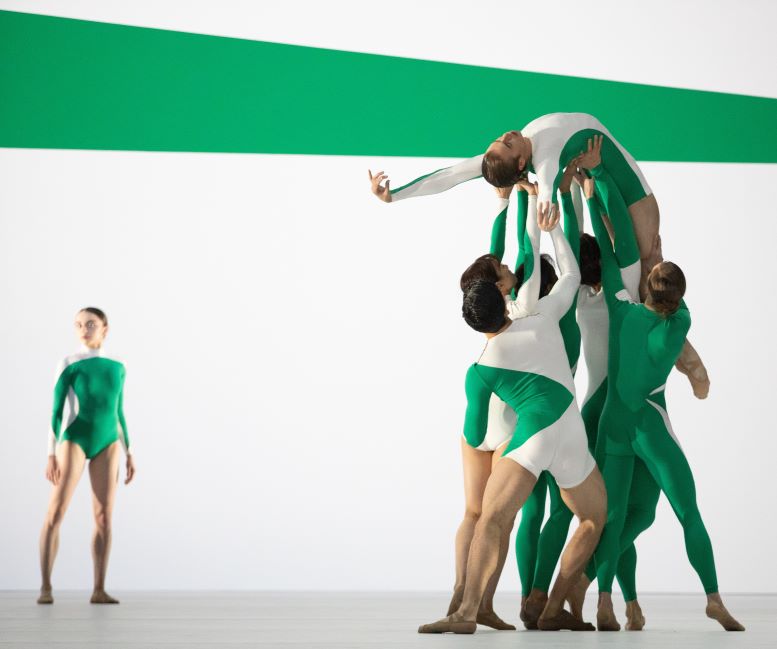
ICONS: Tell us about RESIDENT 6.
WM: I’ve mentored and worked with young artists throughout my career, partly because I was championed by lots of other people. John Ashford, then director at The Place, offered me my first choreographic residency. He also bought me my first computer. Alistair Spalding invited us as the first company in the refurbished Sadler’s Wells. We've had lots of amazing opportunities where people have supported us to grow.
When we built the Studio, one of the things we wanted was to have a big free-space program where young artists could sign up. We started with maybe 100 on the list and we've now got about 600 freelance artists on our books. That shows the need and the amazing creative talent out there. So, we developed RESIDENT 6, a program where, for a whole year, six artists could have Studio McGregor as their home, and we give them £5,000 seed money to resource their work. We've just selected the first six artist teams.
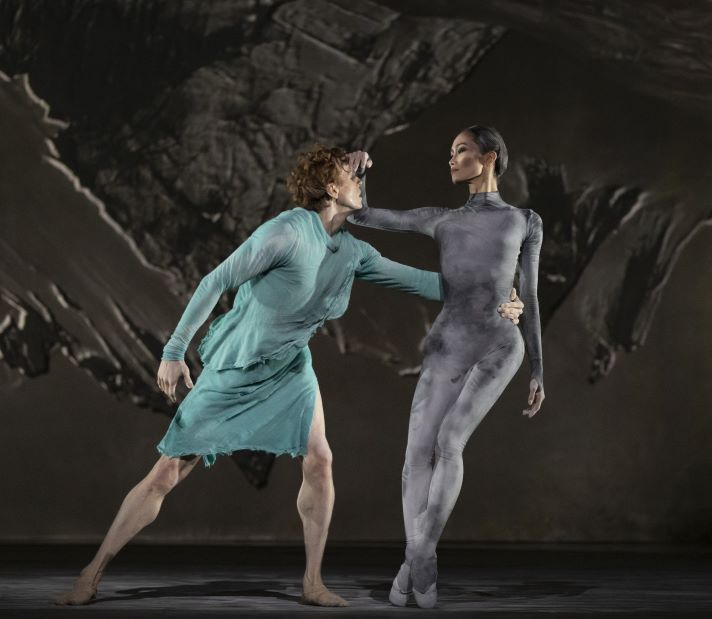 ICONS: How did you select just six? What qualities were you looking for?
ICONS: How did you select just six? What qualities were you looking for?
WM: The bottom line is what attracts you to one particular artist out of hundreds. I see a lot of choreographic applications and there are ones that just float to the top. They select themselves to be shortlisted. It's those that have an idea and are really confident in expressing it. They're clear about how they need help and why they think our organisation can help them.
But the most important thing that they all share is this openness and curiosity to test and push. What is dance? What is the nature of dance? How can dance interact with other art forms? What is my special unique thing that I can use in relationship to the world of dance? And the applicants kind of sift themselves to the top. Then you have a smaller group that are all brilliant and you wish you could support all of them.
ICONS: You also mentor on the business aspects of choreographic practice.
WM: Indeed. An artist has to create a career as a choreographer, right? An artist has to build a portfolio career, monetize practice and work out how to sustain a living. That’s something we've worked on really hard. We ask: ‘How are you communicating your work? How can you finance your work? Where does intellectual property sit in the work? What are your ideas and how do you protect them?’ Those are things that we share.
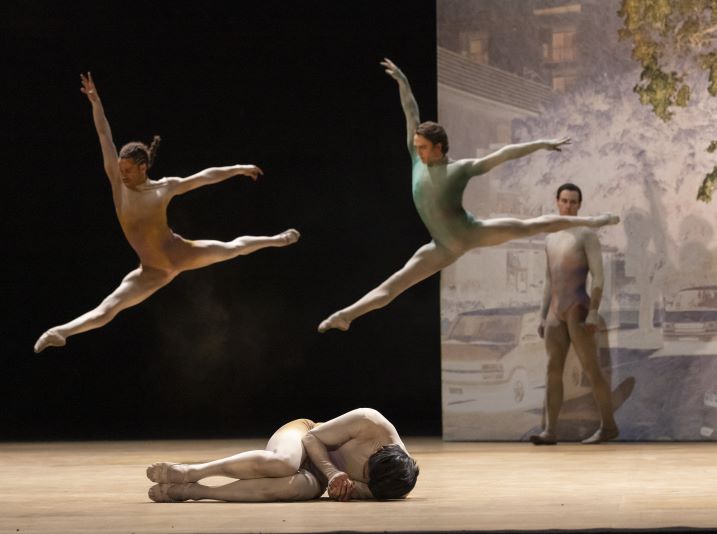
ICONS: Will your creative 6 have access to collaborations?
WM: They’ll be working on their own projects, but they’re in a building that is a hive of choreographic activity. When I made Chroma in 2006, in my first early times at The Royal Ballet, Chris Wheeldon was making DGV: Danse à Grande Vitesse in the studio next door, and just having choreographers around while you were also creating was extraordinary. We want a sense of a collective engagement in the space, not just with other artists, but with scientists and technologists and people who are working on the cutting edge. I think there's going to be some lively conversations ahead. They're a strong-minded group and all very spirited.
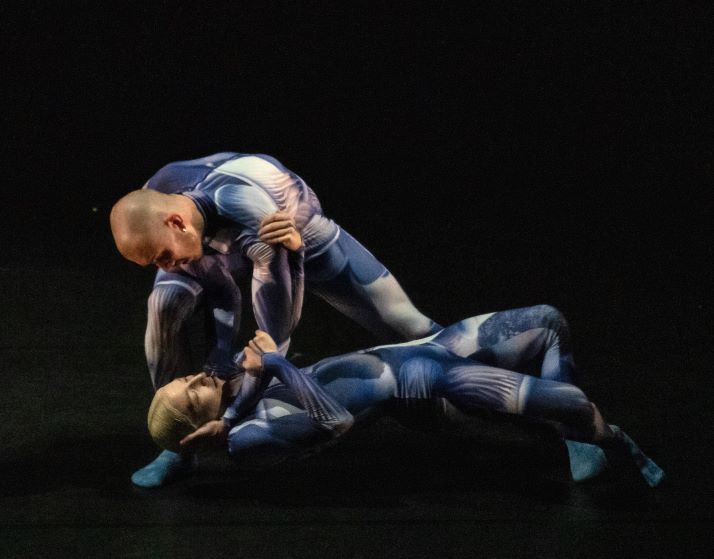
ICONS: Do you see AI playing a part in choreographic creation? Is it a threat or a challenge?
WM: AI already has a huge impact. We’re using it all the time and benefitting from it. We need a more nuanced conversation around the benefits and challenges of AI and not immediately default to AI as an exclusively ‘problematic’ case for humanity. In relation to creativity, I have no ambition for an AI to choreograph or to replace the human, but I am interested in the human in the loop.
We are interested in dancers and an AI co-generating work and seeing the possible opportunities that unfold. The Google tool that we created demands that you, the human dancer, make the first move, then the AI gives back unfamiliar physical options, the dancers use that feedback as an improvisatory tool for further movement generation – much in the same way the we could work with music.
The dancers ingest the new permutations back into the body. The AI doesn't make any compositional decisions or any decisions without a primary human influence. This is creativity in collaboration with technology. Having AI in the partnership activates a different part of the creative brain. The final thing I'd say is that artists have to be in the conversation around the ethics of AI and its application. Let’s not leave that responsibility to politicians and business!
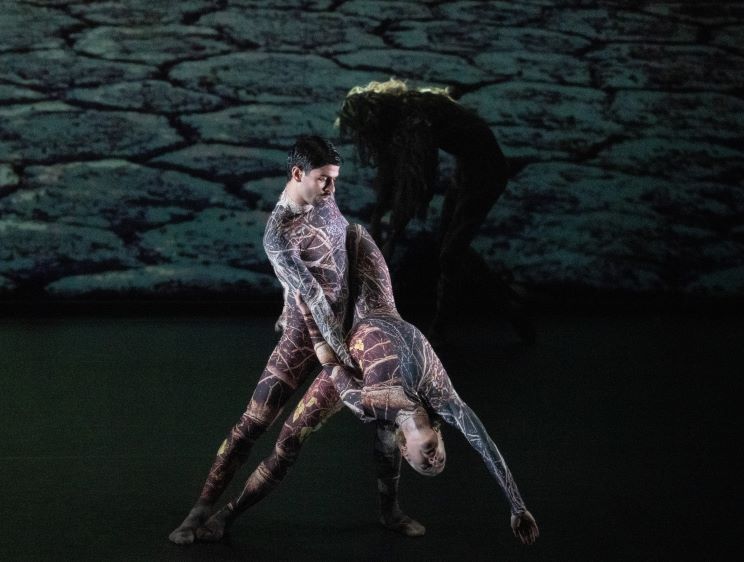
ICONS: Are there working examples of AI you can offer?
WM: There's a system that is being worked on at the moment that can basically capture the whole essence, a physical signature of you in real time, and then replicate it. I was in Hong Kong recently and saw an avatar of Fred Astaire. I danced in front of the camera; then Fred Astaire, the Avatar, danced my choreography back to me in real time. The potential in this was amazing!
ICONS: Please explain to sceptics your scientific research into creativity.
WM: We’ve worked with cognitive neuroscientists for the last 15 years on mapping, looking at what happens in the brain when you're creating. How do we prime the imagination? Can we build some tools that make us more creative?
And so, we've built an education resource for young people called Mind and Movement, which is one set of tools to teach people how to be creative. I think you can teach the technicalities of creativity to give some stepping stones. But there's that extra part of insight that makes the world’s great choreographers or artists.
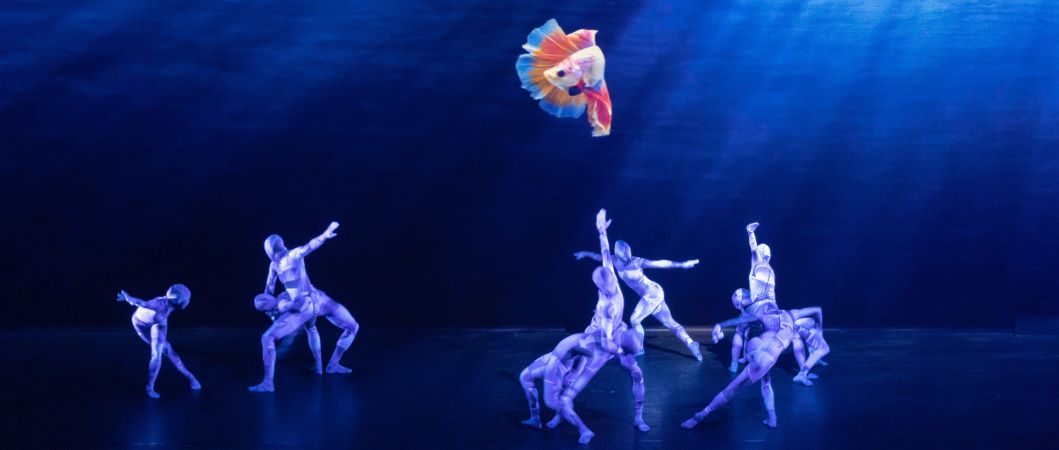
ICONS: You’re making a new work for The Royal Ballet at Jacob’s Pillow Dance Festival. What is your starting point?
WM: Well, it depends on what the piece is. Usually I have an R&D period [research and development] of up to about two years before I start a major work because for me choreography is explicit in the lighting design, the set design; it's in everything and we build all that together into a complete choreographic object – a total artwork.
Jacob's Pillow is different. The Royal has never performed there, and I’ve never been there. Jacob's Pillow has an incredible history. I'm an early modern dance fan and we wanted to make something special that speaks of their history and honours this special moment in time.
For me, one of the great achievements at Covent Garden over the last two decades is their attempt and willingness to move into and explore other areas of dance and work with so many different and diverse choreographers. We've had an incredible roster of some of the world's most amazing contemporary artists and composers working with us – a new era of collaboration and experimentation. The legacy of The Royal Ballet now has a powerful contemporary dimension and therefore it’s a great fit for Jacob's Pillow.
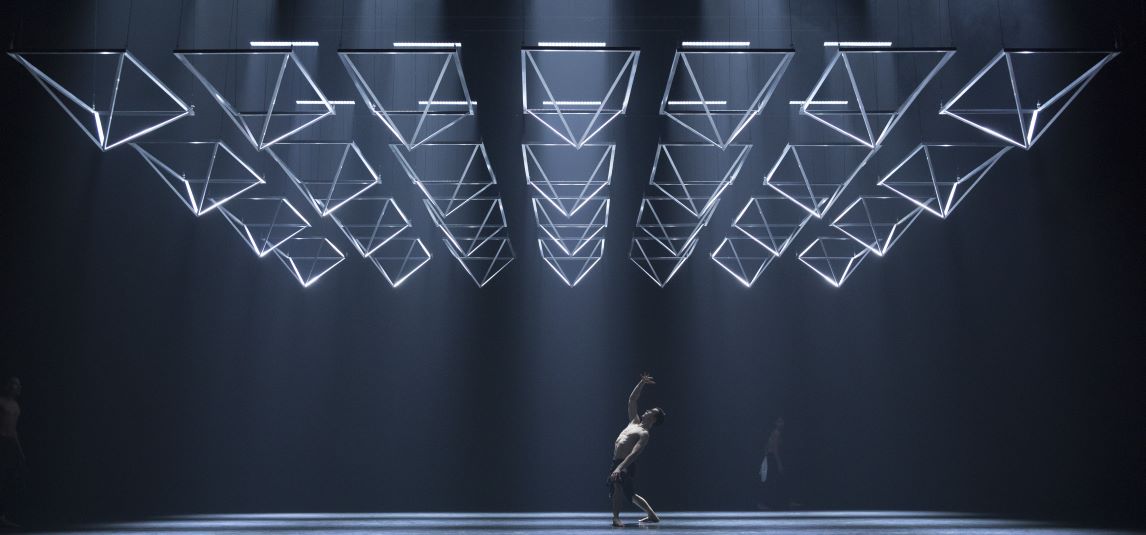
ICONS: Looking back on your career, what advice might you give to your teenage self?
WM: I would be saying to my younger self just be you and somebody will be keeping an eye, ready to support you and your vision. I didn’t train at a big institution and when I came to London, I didn't really know anybody. I didn't have lots of networks or connections. I made a small piece at Resolution and that somebody, in my case, was John Ashford.
For every big moment that happened in my career, whether that be a premiere or becoming resident choreographer at the Royal Ballet, or having this building, he wrote to me. Just something funny or cheeky or just to say ‘I'm noticing. I'm keeping an eye.’ We all need champions.
So, I’d say; you be you and you’ll find your audience and be able to make the work that you want to make. Just don't give up, keep going, practice, and take risks. Only you can make what you make.
* * * * * * *
BIOGRAPHY:
https://waynemcgregor.com/about/wayne-mcgregor/
VIDEO DEMO: An interview with Wayne McGregor, originally produced by Art Basel and Nowness, directed by Emile Rafael:
CREDITS:
Photography © Pål Hansen, Portrait of Wayne McGregor
Photography © Alice Pennefather, Anna Rose O'Sullivan and Melissa Hamilton in Wayne McGregor's Untitled, (2023), The Royal Ballet © 2023
Photography © Alice Pennefather, Artists of The Royal Ballet in Wayne McGregor's Untitled (2023), The Royal Ballet ©2023
Photography © Andrej Uspenski, Edward Watson and Fumi Kaneko in Wayne McGregor's The Dante Project (2021), The Royal Ballet ©2021
Photography © Andrej Uspenski, Joseph Sissens, Matthew Ball, Calvin Richardson and Ryoichi Hirano in Wayne McGregor's The Dante Project, The Royal Ballet ©2021
Photography © Andrej Uspenski, Jordan James Bridge, and Rebecca Bassett-Graham in Wayne McGregor's UniVerse, A Dark Crystal Odyssey (2023) , Company Wayne McGregor, Royal Opera House, London , 2023
Photography © Andrej Uspenski, Salvatore De Simone and Rebecca Bassett-Graham in Wayne McGregor's UniVerse, A Dark Crystal Odyssey (2023) , Company Wayne McGregor, Royal Opera House, London , 2023
Photography © Andrej Uspenski, Company Wayne McGregor artists in Wayne McGregor's UniVerse, A Dark Crystal Odyssey, Royal Opera House, London, 2023
Photography © Richard Davies Company Wayne McGregor artists in Wayne McGregor’s in Autobiography, (2018)
CREATIVE TEAM ACKNOWLEDGMENTS:
Interviewer: Maggie Foyer
Executive Content Editor: Camilla Acquista
Executive Assistant: Charles Scheland
Executive Director: Vladimir Angelov
Dance ICONS, Inc., May 2024 © All rights reserved.
![]()
